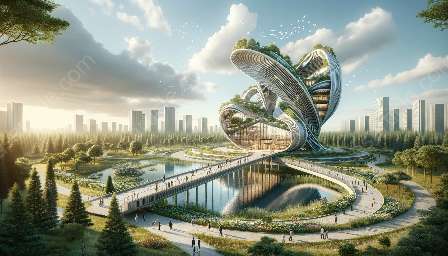One of the most critical components in fire protection engineering, the sprinkler system is a highly effective tool for controlling and extinguishing fires. This comprehensive guide provides a detailed look at the design principles, factors to consider, and key considerations for engineering an effective sprinkler system.
Understanding Sprinkler System Design
When it comes to the design of a sprinkler system, there are numerous factors to consider. From understanding the principles of fire protection engineering to ensuring the system complies with relevant codes and standards, the design process involves a complex interplay of engineering principles and regulatory requirements.
Principles of Fire Protection Engineering
Before delving into the specifics of sprinkler system design, it's crucial to grasp the fundamental principles of fire protection engineering. This discipline focuses on applying scientific and engineering principles to safeguard people, property, and the environment from the destructive effects of fire. Understanding fire behavior, detection, suppression, and evacuation are all essential elements of fire protection engineering.
Factors to Consider in Sprinkler System Design
Several key factors must be taken into account when designing a sprinkler system. These may include the type of occupancy and its associated fire hazards, the layout and construction of the building, and the presence of any special hazards. Additionally, the specific requirements of local codes and standards, as well as insurance and regulatory requirements, must all be considered during the design process.
Components of a Sprinkler System
A typical sprinkler system comprises several key components, each essential for its proper functioning. These include the water supply, control valves, alarm devices, and of course, the sprinkler heads themselves. The selection, placement, and operation of these components are critical to the overall performance of the system.
Water Supply
The water supply for a sprinkler system is a fundamental consideration. Adequate pressure and flow must be available to ensure the system can deliver sufficient water to the fire area. Whether sourced from a municipal water supply or a dedicated fire pump, the reliability and capacity of the water supply are paramount.
Control Valves
Control valves are used to isolate, control, and regulate the flow of water within the sprinkler system. Properly sized and maintained control valves are crucial to ensure the system operates as intended during a fire event.
Alarm Devices
Alarm devices, such as flow switches and pressure switches, play a vital role in notifying building occupants and emergency responders that the sprinkler system has activated. The timely detection of a fire and the activation of the alarm are critical to ensuring a swift and effective response.
Sprinkler Heads
Sprinkler heads are perhaps the most recognizable and essential components of a sprinkler system. Proper selection and placement of sprinkler heads are critical to ensure that they activate when required and deliver an adequate distribution of water to control or extinguish the fire.
Engineering Considerations in Sprinkler System Design
Engineering plays a crucial role in the design and implementation of effective sprinkler systems. Whether considering hydraulic calculations to determine water flow and pressure requirements or evaluating the structural and environmental impact of system installation, engineers must apply their expertise to ensure the system is efficient, reliable, and compliant with all relevant codes and standards.
Hydraulic Calculations
Hydraulic calculations are a fundamental aspect of sprinkler system design. By evaluating factors such as pipe size, flow rate, and pressure loss, engineers can determine the required specifications for the system to ensure it delivers the necessary amount of water to control or extinguish a fire.
Structural and Environmental Impact
The installation of a sprinkler system can have structural and environmental implications. Engineers must consider the impact of system installation on the building's structure, as well as any potential environmental considerations, such as water usage and potential discharge into the surrounding environment.
Compliance with Codes and Standards
Adherence to applicable codes and standards is a non-negotiable aspect of sprinkler system design. Engineers are tasked with ensuring that the system meets or exceeds the requirements set forth by organizations such as the National Fire Protection Association, local building codes, and regulatory authorities.
Maintaining and Testing Sprinkler Systems
Once a sprinkler system is designed and installed, it is essential that it is properly maintained and tested to ensure its ongoing effectiveness. Regular inspections, testing, and maintenance activities are crucial to verifying that the system will perform as expected in the event of a fire.
Inspections and Testing
Periodic inspections and testing of a sprinkler system are critical to identifying and addressing any issues that may compromise its performance. This may include testing the functionality of control valves, ensuring adequate water supply, and conducting flow tests on individual sprinkler heads.
Maintenance Activities
Ongoing maintenance activities, such as cleaning and servicing sprinkler heads, checking for pipe corrosion, and verifying the functionality of alarm devices, are essential to ensuring the system remains in optimal working condition.
Conclusion
Effective sprinkler system design is a multifaceted process that requires a deep understanding of fire protection engineering principles, an awareness of the various factors that influence system performance, and the expertise to apply engineering considerations to ensure the system's effectiveness and compliance. By carefully designing, engineering, and maintaining sprinkler systems, professionals can play a vital role in safeguarding lives and property from the destructive effects of fire.

